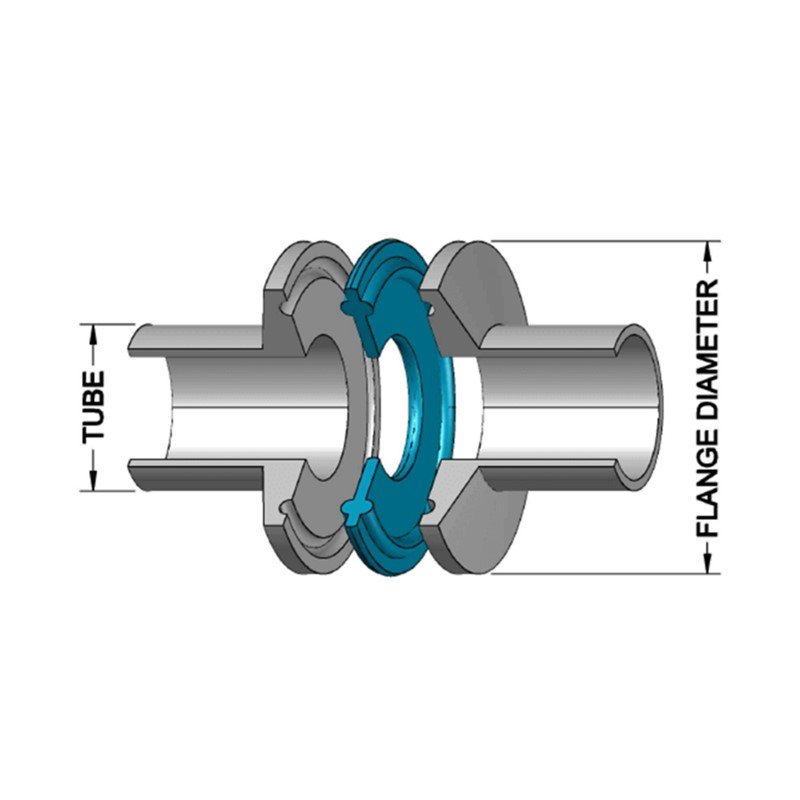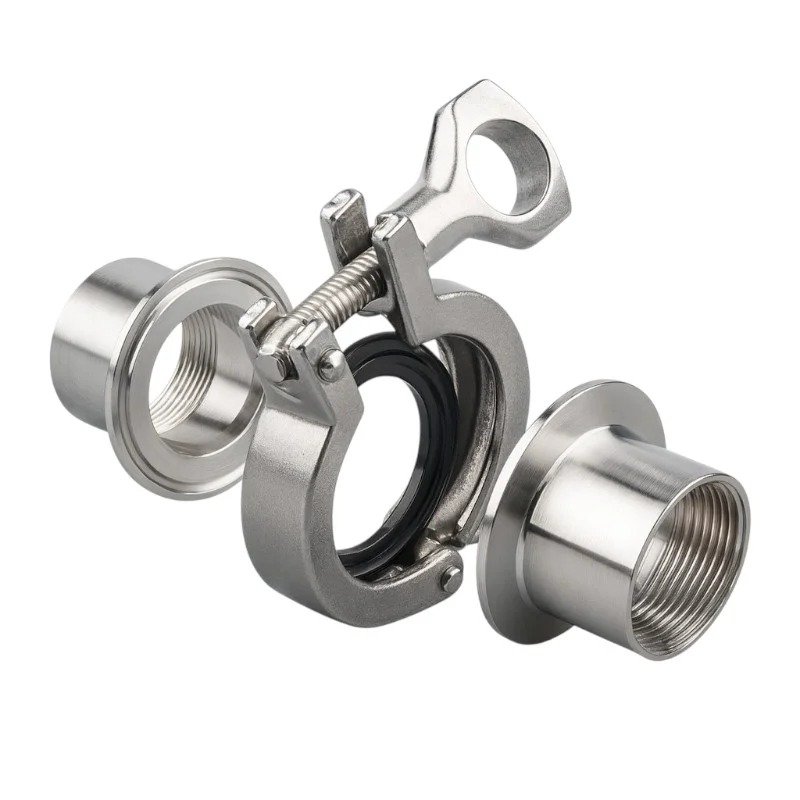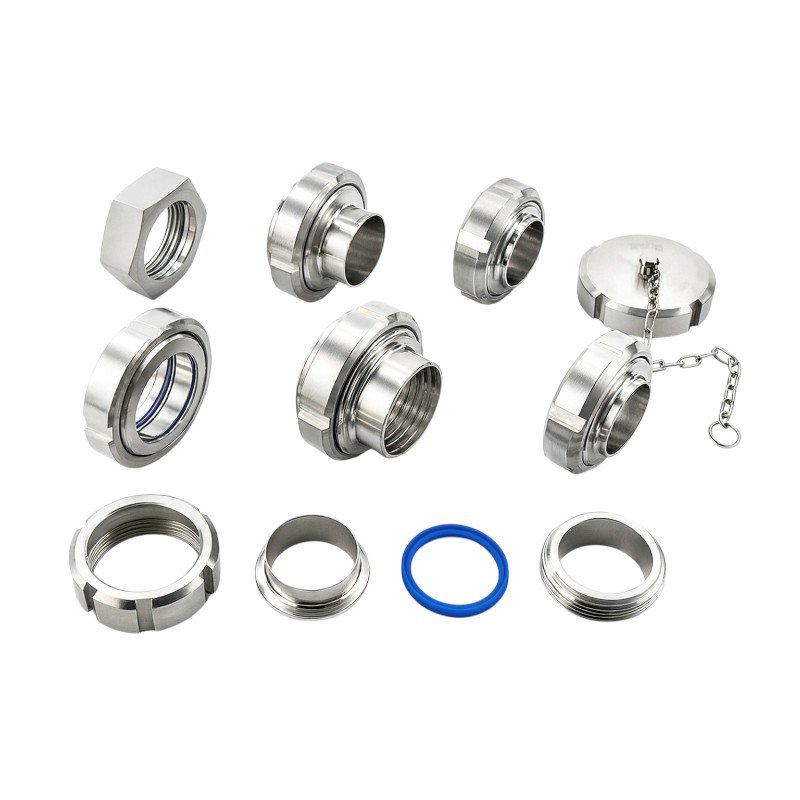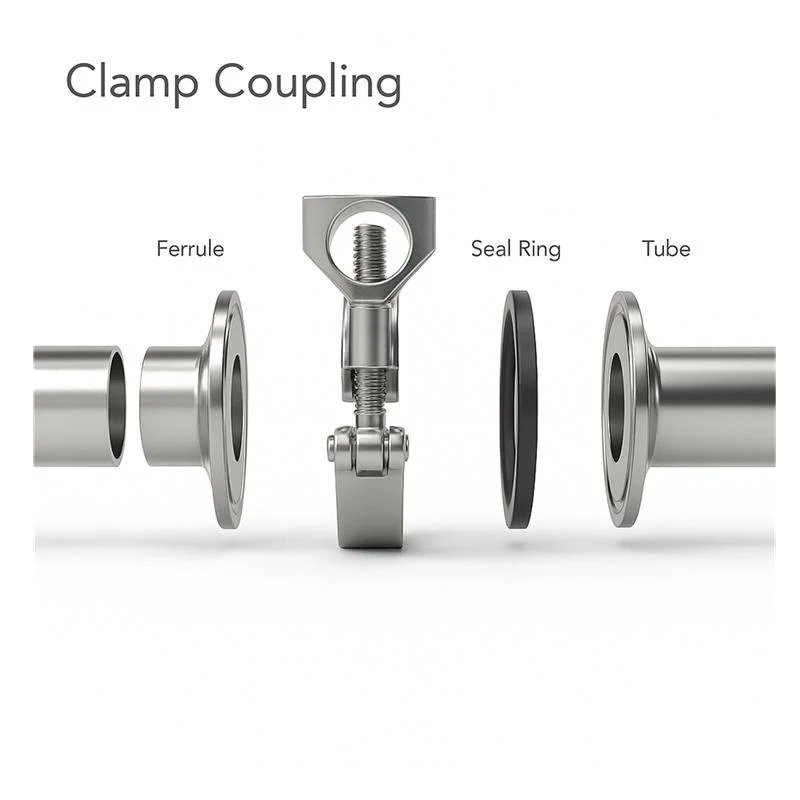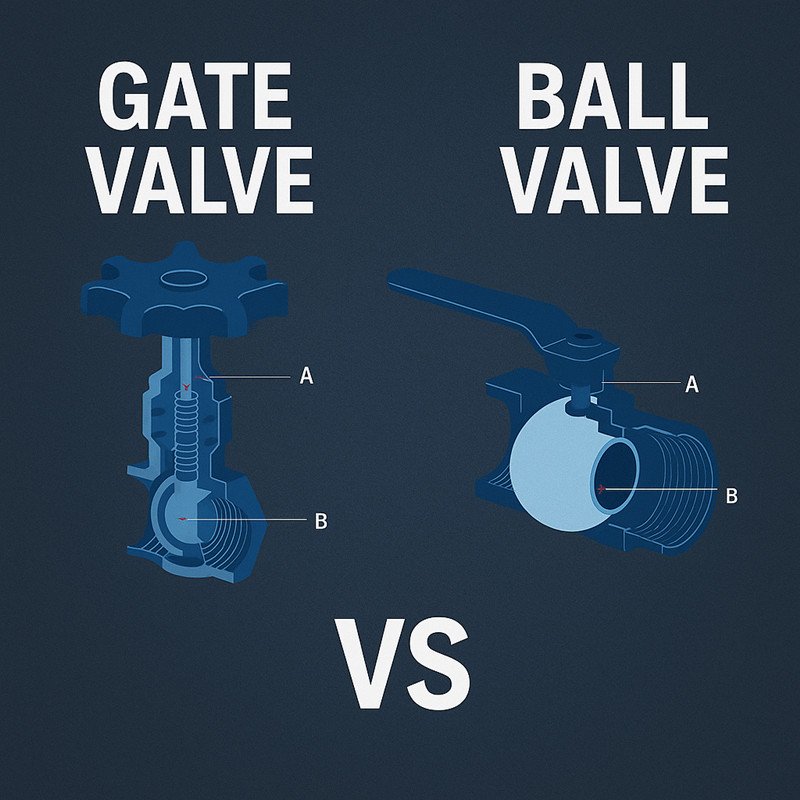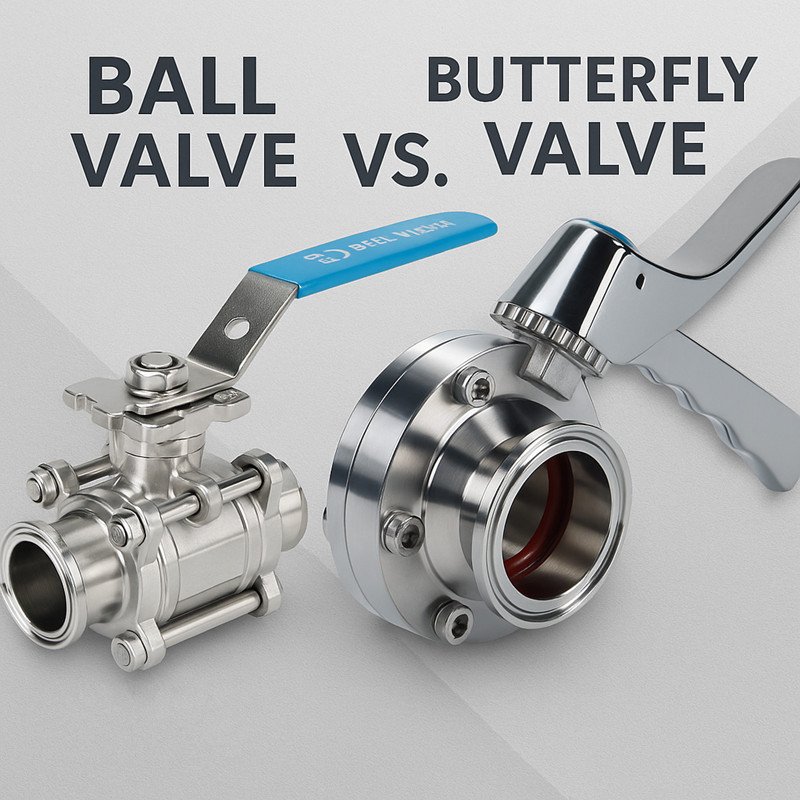
In the world of industrial valves, safety, reliability, and performance are essential. Among the different types of valves used across industries, the Double Block and Bleed (DBB) valve stands out due to its robust design, ideal for ensuring safety and preventing leaks. If you’re involved in industries such as oil & gas, chemical processing, or power generation, understanding DBB valves will be crucial to your operations.
What is a DBB Valve?

A DBB valve consists of two isolation blocks and one bleed port. The isolation blocks function as barriers that isolate the flow on either side of the valve. The bleed port allows any trapped fluid to be vented safely, ensuring that any potential leakage risks are minimized.
Types of DBB Valves
DBB valves come in various types, each suited to specific industrial needs. Let’s explore the three main types of DBB valves and understand their key differences.
There are three primary types of DBB valves: Ball valves, Gate valves, and Globe valves. Each one has unique advantages depending on the application and the requirements for isolation, control, and flow rates.
1. Ball Valve

Ball valves are one of the most common types of DBB valves. They use a spherical ball with a hole in the center to control the flow of fluid. The ball rotates within the valve body to either block or allow flow. The main advantage of ball valves is their quick operation, which is crucial for applications where fast shutdowns or isolation are needed. The simplicity of the design, combined with its durability and excellent sealing properties, makes the ball valve ideal for high-pressure, high-temperature applications.
2. Gate Valve

Gate valves operate by lifting a gate or wedge out of the flow path. This type of DBB valve is particularly effective in situations where a full, unobstructed flow is required when the valve is open. While gate valves are often slower to operate compared to ball valves, they are highly effective at providing a complete shutoff. In DBB applications, gate valves are typically used in applications where a tight seal and low leakage are critical, such as in oil and gas pipelines or chemical plants.
3. Globe Valve
Globe valves are used to regulate the flow of liquids or gases. They feature a spherical body with a movable plug and a fixed seat. Globe valves are typically used for applications where precise flow control is required. Though not as fast as ball valves or as efficient as gate valves in terms of flow capacity, globe valves excel in providing stable flow regulation, which is crucial for chemical or pharmaceutical processing systems. The use of DBB globe valves is particularly relevant when dealing with toxic substances, where tight isolation and controlled release are necessary.
Advantages and Disadvantages of DBB Valves
While DBB valves offer superior isolation, they are not without their challenges. Let’s explore the pros and cons of using DBB valves in industrial settings.
Advantages
-
Safety: The double isolation feature of DBB valves is crucial in preventing leaks, which could otherwise lead to hazardous situations. For example, in the oil and gas industry, a leak could result in a fire or explosion. DBB valves provide peace of mind, knowing that both isolation blocks are in place and fluid can be safely bled off if necessary.
-
Ease of Operation: DBB valves are often designed to be easy to operate. Their straightforward design means they can be quickly opened or closed without complex procedures, making them ideal for high-pressure applications where time is of the essence.
-
Leak Prevention: DBB valves are designed to prevent leakage from occurring, which can save a company both in terms of expensive downtime and environmental protection. In chemical plants or pharmaceutical systems, where contamination is a major concern, DBB valves are essential for ensuring product integrity.
Disadvantages
-
Cost: Due to their more complex design, DBB valves are generally more expensive than single isolation valves. This can be a significant barrier, particularly for businesses looking to control operational costs.
-
Complex Installation: Installing DBB valves can be more challenging due to the need for precise sealing and careful alignment of the two isolation blocks. Proper training and skilled labor are required to ensure that the valve is installed correctly.
-
Maintenance: Because of the dual isolation mechanism, DBB valves can require more maintenance. The seals need to be inspected regularly for wear and tear, and the bleed port must be kept clear of blockages to ensure proper functioning.
Applications of DBB Valves

DBB valves are used in a variety of industries, each with its unique requirements for leak prevention, pressure management, and safety.
From offshore oil rigs to pharmaceutical manufacturing, DBB valves are used in many industries that demand the highest level of safety and reliability. They are especially crucial in environments where leaks could have catastrophic consequences.
Oil & Gas: Offshore Platforms and Pipelines
In the oil and gas industry, DBB valves are indispensable. They are primarily used in offshore platforms, where the risk of leakage can have disastrous effects on both the environment and personnel. The dual isolation mechanism of DBB valves provides extra assurance in the case of a failure in one of the seals, ensuring that hazardous materials do not escape.
In pipelines, DBB valves provide an added layer of protection for transporting volatile substances. With two isolation barriers, they can prevent the leakage of crude oil, natural gas, and other hazardous liquids.
Chemical Processing: Reactors and Safety Systems
In chemical processing plants, DBB valves are used to safely isolate chemicals in reactors. The ability to prevent leaks in these systems is critical to avoiding accidents that could endanger workers or the environment. DBB valves are also widely used in chemical safety systems, where leakage could result in toxic exposure.
Power Generation: Steam Turbines and Cooling Systems
In power plants, DBB valves help maintain the safe operation of steam turbines, cooling systems, and other critical machinery. The need for double isolation ensures that systems are properly sealed and protected from potential leakages. Furthermore, the bleed function helps prevent the buildup of dangerous pressures in the system.
DBB vs. SBB Valves: A Comparison
DBB valves are often compared to Single Block and Bleed (SBB) valves. Let’s take a closer look at the key differences and when you might choose one over the other.
While both DBB and SBB valves provide isolation and leakage prevention, DBB valves offer more robust safety features due to their double isolation design, making them better suited for high-risk environments.
What is an SBB Valve?

An SBB valve is a simpler design that includes only one isolation block and one bleed port. While it still provides the capability to isolate and bleed off trapped fluids, it is generally not as secure as DBB valves due to the single isolation barrier.
Key Differences Between DBB and SBB Valves
| Feature | DBB Valve | SBB Valve |
|---|---|---|
| Number of Isolation Blocks | Two | One |
| Leakage Prevention | High | Moderate |
| Applications | High-risk, critical environments | Low-risk, less hazardous |
| Safety | Superior | Moderate |
| Cost | Higher due to complex design | More cost-effective |
FAQ
Q1: What is the difference between a DBB valve and a single block valve?
A DBB valve has two isolation blocks, while a single block valve has only one. The extra block in a DBB valve provides an additional layer of safety, preventing leaks and offering better isolation, especially in high-risk environments.
Q2: Can DBB valves be used in high-pressure applications?
Yes, DBB valves are specifically designed to handle high-pressure environments. The materials used in their construction are chosen to withstand the extreme pressures found in industries such as oil & gas, chemical processing, and power generation.
Q3: What are the signs that a DBB valve needs maintenance?
Signs include leakage, irregular pressure readings, or corrosion around the valve body. It’s important to perform regular inspections and ensure that both isolation blocks and the bleed port are functioning correctly.
Q4: Are DBB valves easy to install?
While DBB valves offer significant safety benefits, their installation can be more complex compared to standard valves. Proper training and skilled labor are required to ensure that the seals are properly aligned and functioning.
Conclusion
DBB valves are crucial for industries requiring maximum safety and reliability. With their ability to provide dual isolation and leak prevention, they are indispensable in high-risk applications. Whether you’re involved in oil and gas, chemical processing, or power generation, choosing the right DBB valve ensures your systems remain secure and efficient.


